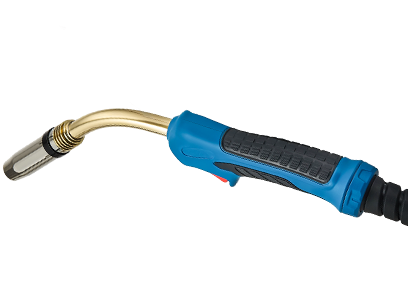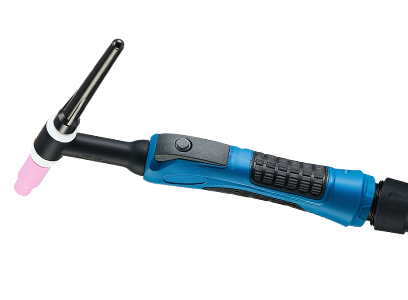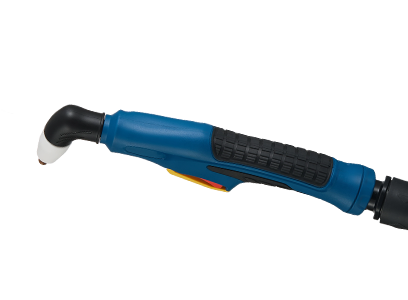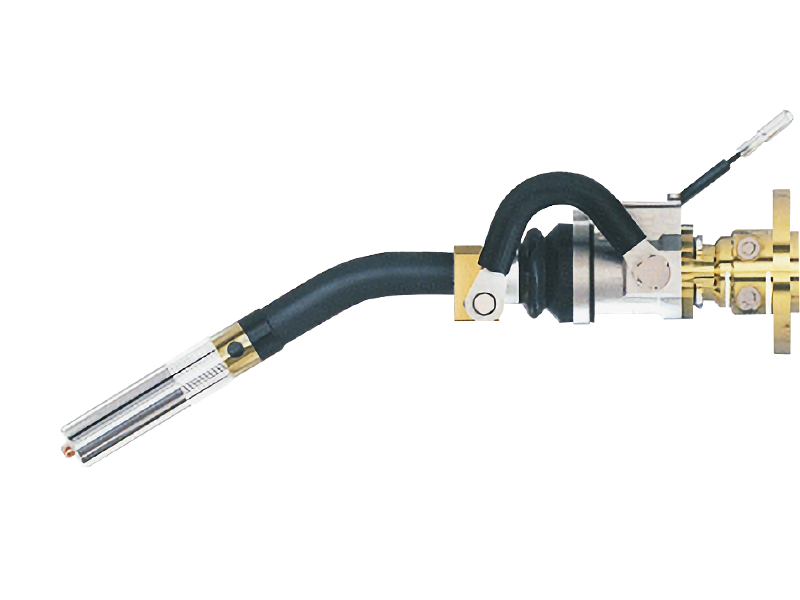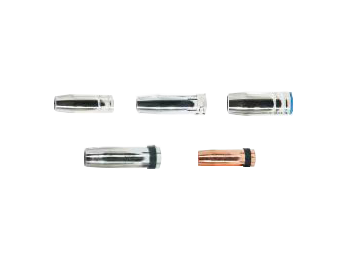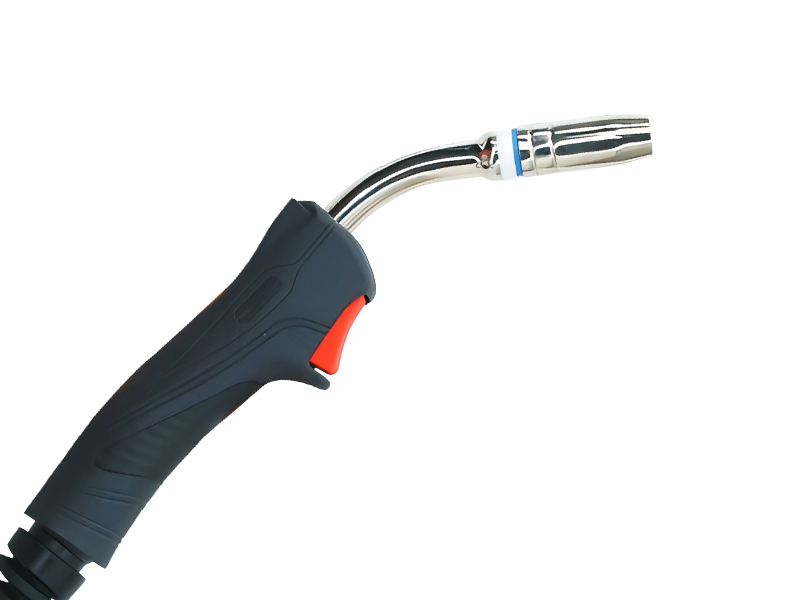Essential Equipment for MIG Welding: A Comprehensive Guide
MIG welding, or Metal Inert Gas welding, is a widely used welding technique known for its versatility and efficiency. The success of MIG welding largely depends on the right equipment, which can significantly enhance both performance and safety in the welding process. Here, we will explore the essential equipment for MIG welding that every professional should consider.
1. **MIG Welding Machine**:
MIG welding, or Metal Inert Gas welding, is a widely used welding technique known for its versatility and efficiency. The success of MIG welding largely depends on the right equipment, which can significantly enhance both performance and safety in the welding process. Here, we will explore the essential equipment for MIG welding that every professional should consider.
1. **MIG Welding Machine**: At the heart of any MIG welding setup is the welding machine itself. MIG welders operate by feeding a continuous wire electrode through a welding gun while simultaneously supplying a shielding gas, typically argon or a mix of argon and CO2. Selecting a machine with adjustable voltage and wire feed speed allows for greater control over the welding process, catering to different materials and thicknesses.
2. **Welding Gun**: The welding gun is a crucial component that directs the wire electrode and shielding gas to the weld area. A good welding gun should be comfortable to hold, lightweight, and equipped with a built-in trigger for ease of use. Consider models that allow for interchangeable tips, as these can accommodate various wire diameters.
3. **Wire Electrode**: Choosing the right wire electrode is essential for achieving optimal weld quality. For MIG welding, solid wire is commonly used, which comes in various diameters. The choice depends on the thickness of the base material and the welding position. Additionally, flux-cored wire can be used in situations where external shielding gas is not feasible.
4. **Shielding Gas**: The selection of shielding gas plays a pivotal role in the MIG welding process. Argon, carbon dioxide, or a mixture of both are standard choices. Argon is often preferred for non-ferrous metals, while CO2 is more economical and effective for mild steel. The type of gas influences the stability of the arc and the appearance of the weld bead.
5. **Protective Gear**: Safety should always be a priority in welding applications. Essential protective gear includes welding helmets with appropriate shade lenses, gloves designed for heat resistance, and flame-resistant clothing. This equipment protects the welder from harmful UV rays, sparks, and heat.
6. **Welding Cart**: To enhance mobility and organization, a welding cart is beneficial for housing the MIG welder, shielding gas cylinder, and accessories. This not only facilitates ease of movement but also keeps essential tools within reach during operations.
7. **Cleaning Tools**: Proper preparation and cleanup of the weld area are critical for achieving high-quality joints. Wire brushes, grinders, and chemical cleaning solutions can help remove rust, paint, and contaminants, ensuring a clean surface for welding.
In summary, equipping yourself with the right tools and accessories for MIG welding can significantly impact the quality and efficiency of your work. By investing in quality equipment, from the welding machine to protective gear, professionals can ensure safety and produce superior welds across various applications.
1. **MIG Welding Machine**: At the heart of any MIG welding setup is the welding machine itself. MIG welders operate by feeding a continuous wire electrode through a welding gun while simultaneously supplying a shielding gas, typically argon or a mix of argon and CO2. Selecting a machine with adjustable voltage and wire feed speed allows for greater control over the welding process, catering to different materials and thicknesses.
2. **Welding Gun**: The welding gun is a crucial component that directs the wire electrode and shielding gas to the weld area. A good welding gun should be comfortable to hold, lightweight, and equipped with a built-in trigger for ease of use. Consider models that allow for interchangeable tips, as these can accommodate various wire diameters.
3. **Wire Electrode**: Choosing the right wire electrode is essential for achieving optimal weld quality. For MIG welding, solid wire is commonly used, which comes in various diameters. The choice depends on the thickness of the base material and the welding position. Additionally, flux-cored wire can be used in situations where external shielding gas is not feasible.
4. **Shielding Gas**: The selection of shielding gas plays a pivotal role in the MIG welding process. Argon, carbon dioxide, or a mixture of both are standard choices. Argon is often preferred for non-ferrous metals, while CO2 is more economical and effective for mild steel. The type of gas influences the stability of the arc and the appearance of the weld bead.
5. **Protective Gear**: Safety should always be a priority in welding applications. Essential protective gear includes welding helmets with appropriate shade lenses, gloves designed for heat resistance, and flame-resistant clothing. This equipment protects the welder from harmful UV rays, sparks, and heat.
6. **Welding Cart**: To enhance mobility and organization, a welding cart is beneficial for housing the MIG welder, shielding gas cylinder, and accessories. This not only facilitates ease of movement but also keeps essential tools within reach during operations.
7. **Cleaning Tools**: Proper preparation and cleanup of the weld area are critical for achieving high-quality joints. Wire brushes, grinders, and chemical cleaning solutions can help remove rust, paint, and contaminants, ensuring a clean surface for welding.
In summary, equipping yourself with the right tools and accessories for MIG welding can significantly impact the quality and efficiency of your work. By investing in quality equipment, from the welding machine to protective gear, professionals can ensure safety and produce superior welds across various applications.
TAG:
Related Posts
MIG Welding Robots vs. Traditional Methods: A Comprehensive Comparative Analysis
Table of Contents
1. Introduction to MIG Welding and Traditional Methods
2. Understanding MIG Welding Technology
3. Benefits of Using MIG Welding Robots
3.1 Efficiency and Speed
3.2 Precision and Quality
3.3 Enhanced Safety
4. Overview of Trad

